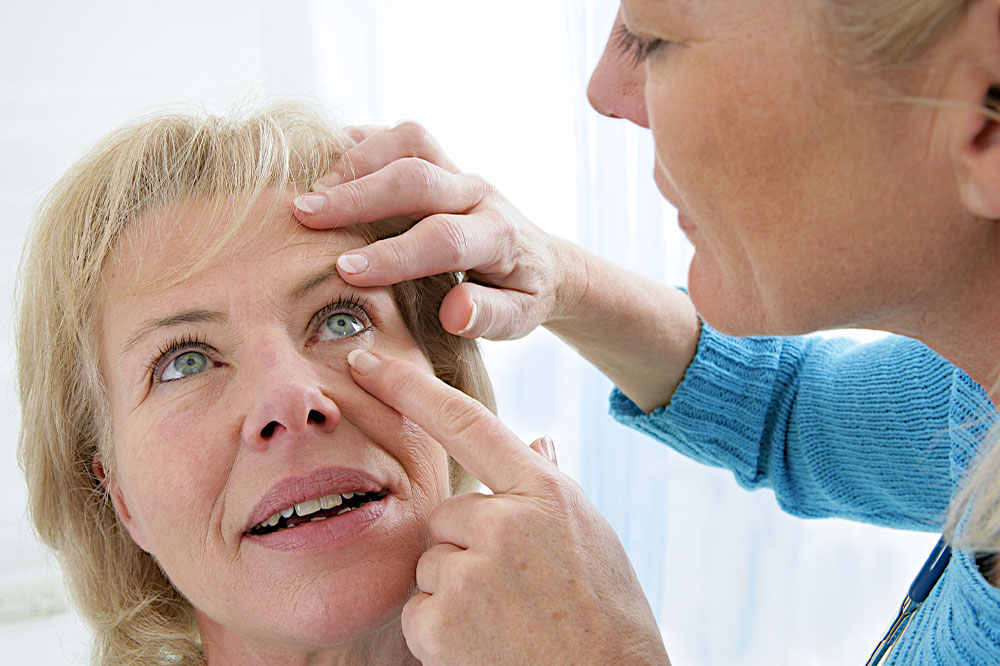
20 types of common signs of Huntington’s disease
Huntington’s disease is a rare disorder that progressively affects an individual’s physical and mental abilities. Symptoms of Huntington’s disease typically develop slowly over time, and they can vary in severity among affected individuals. Recognizing these symptoms is critical to taking corrective or preventive medical actions against this disease’s aggressive and rapid development in individuals. To help readers know better, the following are the ten most common symptoms associated with Huntington’s disease:
Involuntary movements (Chorea)
One of the hallmark symptoms of Huntington’s disease is chorea, which involves random, uncontrollable, and jerky movements. These movements can affect multiple body zones and often worsen as the disease progresses. As a result, this disease involves involuntary movement disorders and movement impairments. Some examples of chorea include shoulder twitches or wrist jerks. These movements happen because of an overactivity of dopamine within the brain areas responsible for motor and involuntary movement control.
This overactivity causes people to lose control of their arms, legs, and facial muscles. Apart from irregular movement, some other issues that can happen are muscle contracture and muscle rigidity, as well as issues like slow eye movement, speech and swallowing difficulties, impaired gait, and posture-related issues.
Muscle rigidity
Huntington’s disease can cause muscle stiffness and rigidity, making it difficult for individuals to move smoothly and perform coordinated movements. This happens due to issues with the nervous system and its connection with the muscles of individuals living with this condition. Muscle rigidity is one of the surest ways of knowing that a person has Huntington’s disease.
Impaired coordination
Huntington’s disease affects the individual’s ability to coordinate movements, leading to clumsiness and difficulties with activities that require precision, such as handwriting or buttoning clothes. Coordination is also essential for various actions, such as walking, running, doing simple exercises (such as jumping jacks or push-ups), and even lightly laborious work. With a lack of coordination, these tasks become mountainous and, at times, downright impossible for people to do daily. Therefore, people with these symptoms must consult a healthcare professional immediately to slow down the severity of this condition’s development. Doing so late may worsen a person’s condition when this disease takes hold of the nervous system and, by extension, the body’s muscles.
Balance problems
People with Huntington’s disease often experience balance issues, which leads to an increased risk of falls and injuries.
Difficulty swallowing
As Huntington’s disease progresses, individuals may have difficulty swallowing (dysphagia), resulting in choking or aspiration pneumonia.
Speech difficulties
Speech problems are common in Huntington’s disease and may include slurred speech, stuttering, or difficulty articulating words. Communication becomes increasingly challenging as the disease advances.
Cognitive decline
Huntington’s disease affects cognitive function, leading to difficulties in memory, concentration, and problem-solving. Individuals may also experience personality changes, such as irritability, impulsivity, and mood swings.
Depression and anxiety
Mental health symptoms, including depression and anxiety, are common in Huntington’s disease. These symptoms can be related to the brain changes caused by the disease and the emotional challenges of living with a progressive condition.
Shedding few kilos
Individuals with Huntington’s disease often experience unintentional weight loss, even if their calorie intake is adequate. This weight drop can be due to a combination of factors, including difficulty swallowing and increased energy expenditure due to involuntary movements.
Decline in functional independence
Over time, the cumulative effects of Huntington’s disease’s physical and cognitive symptoms can lead to a decline in an individual’s ability to perform daily activities independently. This can result in the need for full-time care and assistance with daily tasks.
Dystonia
Dystonia refers to the rigidity of muscles and sustained or repetitive muscle contractions that cause abnormal postures or twisting movements. It can affect various parts of the body and can be painful.
Difficulty with fine motor skills
Huntington’s disease can make it challenging to perform tasks requiring fine motor skills, like buttoning a shirt, using utensils, or typing on a keyboard.
Losing interest in activities
Individuals with Huntington’s disease may lose motivation and interest in activities they once enjoyed. This symptom is often described as apathy and can contribute to a reduced quality of life.
Social withdrawal
People with Huntington’s disease may withdraw from social activities and relationships due to cognitive and emotional changes, including social awkwardness and difficulties recognizing social cues.
Hallucinations and delusions
Sometimes, individuals with Huntington’s disease may experience hallucinations (perceiving things that are not there) or delusions (firmly held false beliefs).
Sleep disturbances
Sleep problems, such as insomnia or disrupted sleep patterns, can occur in individuals with Huntington’s disease, exacerbating fatigue and other symptoms.
Difficulty in gait
Walking difficulties, such as an unsteady or shuffling gait, are common in Huntington’s disease, and such issues can contribute to an increased risk of falls.
Incontinence
Huntington’s disease can affect bladder and bowel control, leading to urinary and fecal incontinence.
Seizures
While not as common as other symptoms, some individuals with Huntington’s disease may experience seizures. These seizures can vary in type and severity.
Swallowing difficulties
As the disease progresses, swallowing problems may worsen, increasing the risk of aspiration (food or liquids entering the airway) and respiratory issues.
It is important to note that the symptoms of Huntington’s disease can vary from person to person, and the age of onset can also differ significantly.
Some individuals may develop symptoms in their 30s or 40s, while others may not experience significant symptoms until later in life. Huntington’s disease is a progressive condition for which there is currently no cure. Still, supportive care and management strategies can help improve an individual’s quality of life and alleviate some symptoms. Genetic testing and counseling are crucial for individuals with a family history of Huntington’s disease to determine their risk and make informed decisions to live a healthy and risk-free life.




